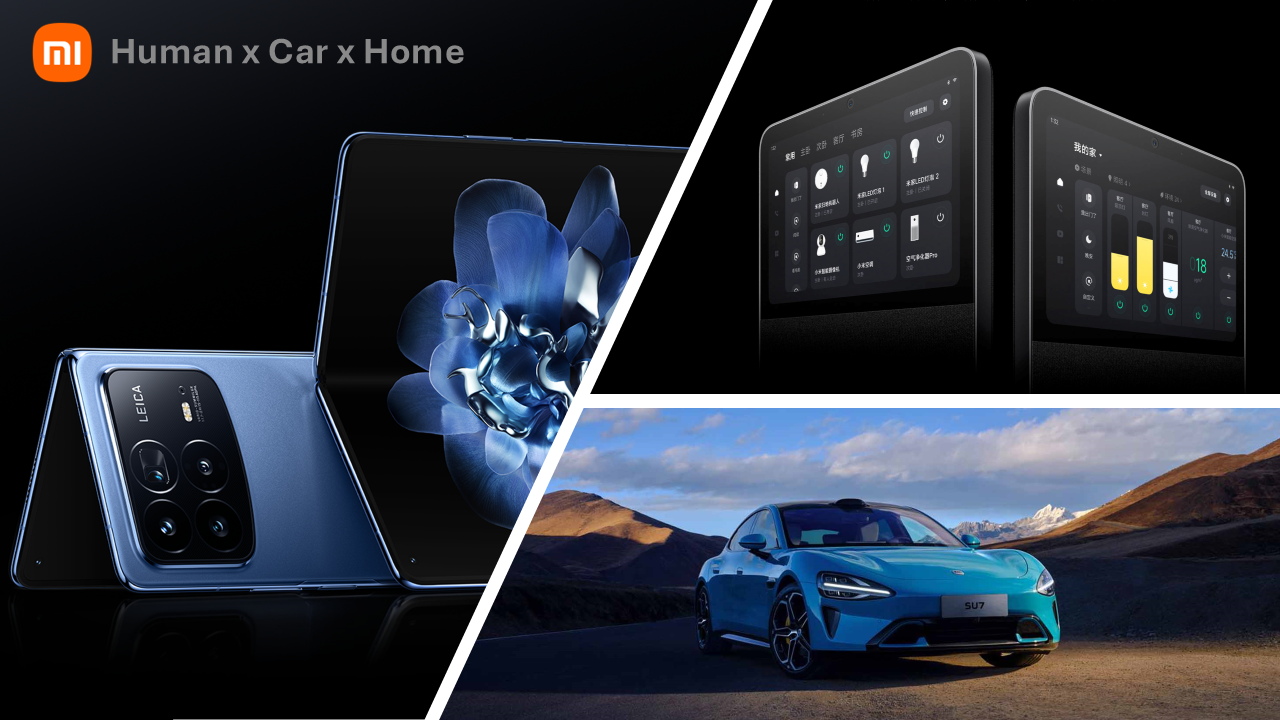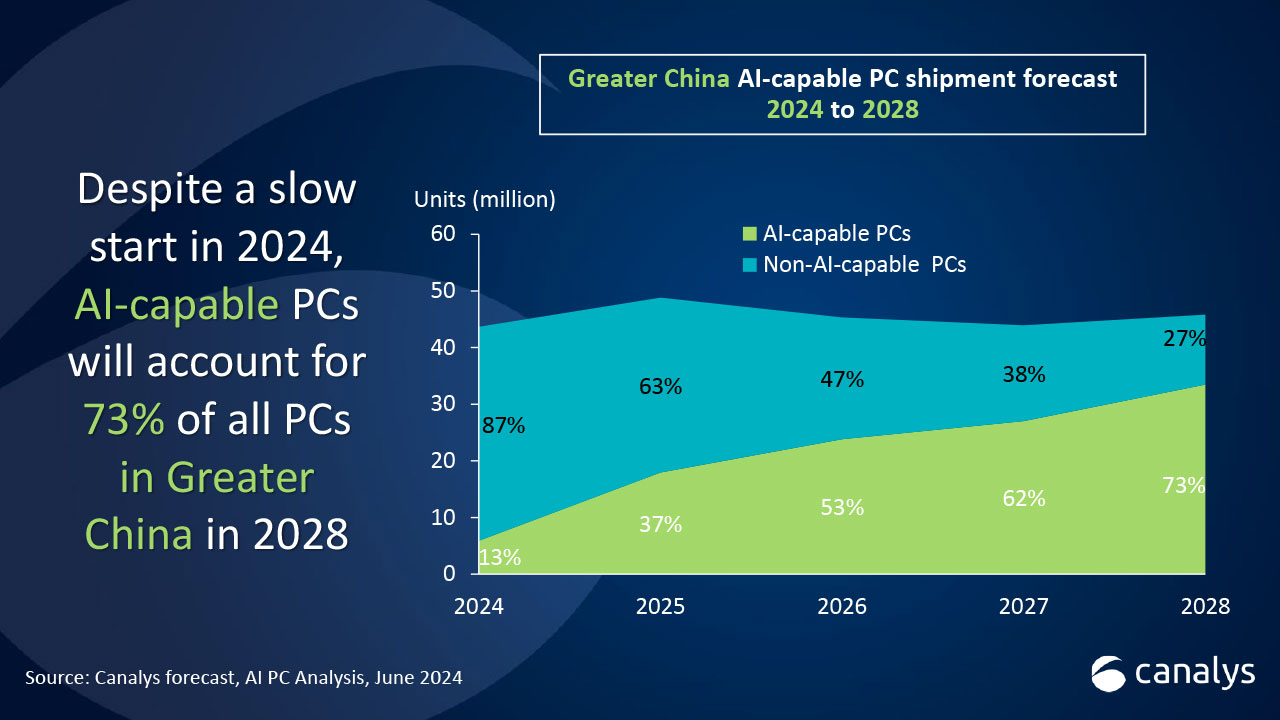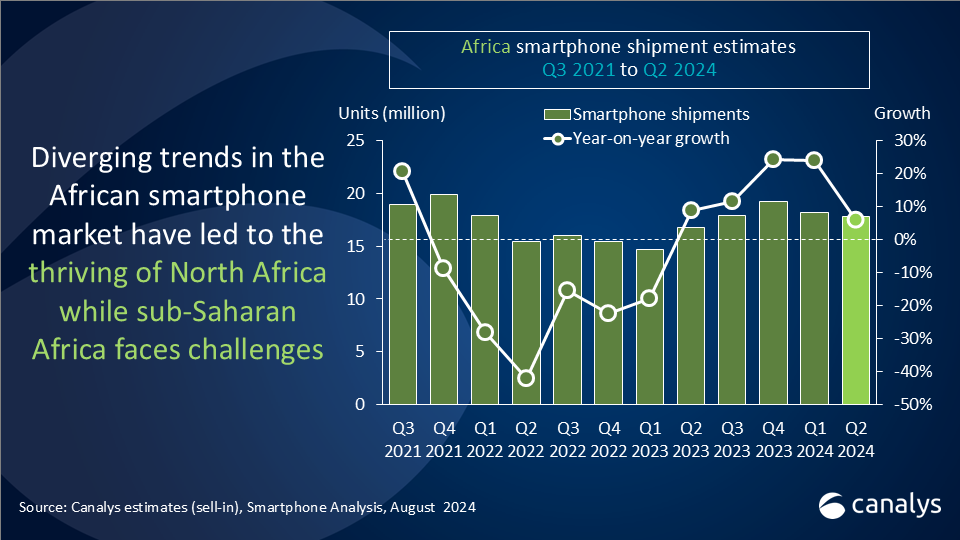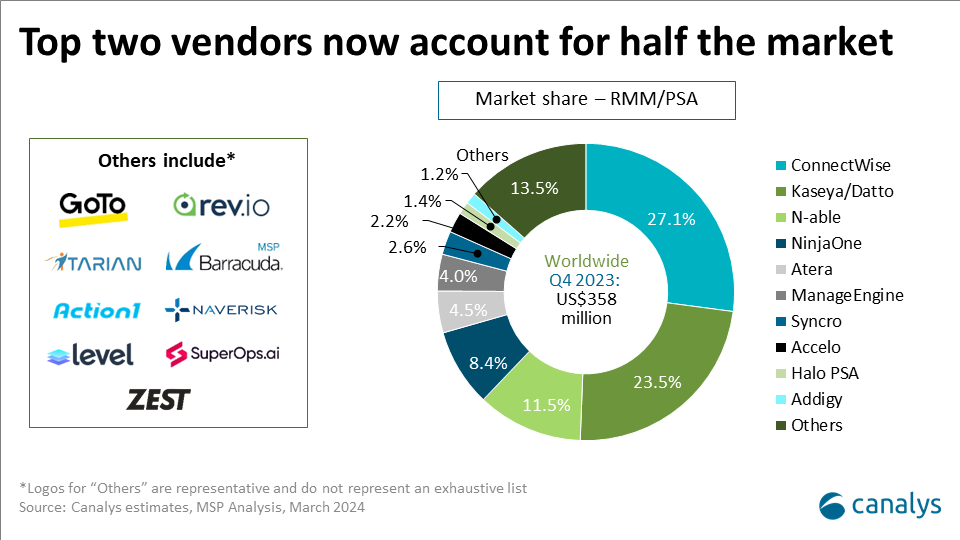Canalys is part of Informa PLC
This site is operated by a business or businesses owned by Informa PLC and all copyright resides with them. Informa PLC’s registered office is 5 Howick Place, London SW1P 1WG. Registered in England and Wales. Number 8860726.

Xiaomi’s bold entry into the EV market: navigating success and challenges
Xiaomi's debut in the EV market signals a strategic focus on category selection and audience targeting, showcasing its ability to outpace competitors. With a lean and integrated model approach and a push toward ecosystem development, Xiaomi aims to sustain momentum, overcome challenges, and solidify its position in the Chinese market before considering global expansion.

According to its latest financial results, Xiaomi delivered 27,307 units of its SU7 in China, with an ASP of CNY229,000 (approximately US$32,000). The company aims to hit 100,000 units by November 2024, with an ambitious stretch target of 120,000 by the year-end. This achievement highlights Xiaomi's ability to pick the right category and price point, accurately pinpointing its target audience. Xiaomi follows through by generating excitement as a tech brand and delivering on its promises, outpacing some established emerging EV brands in China. Despite a challenging and competitive market, Xiaomi has maintained a unique distinction but still faces significant challenges. The company must adhere to its strict delivery schedule, ensure quality while ramping up production quickly and navigate the scrutiny that comes with its high-profile status. Xiaomi’s success will largely depend on its ability to sustain this momentum and meet its targets without significant setbacks.
Strategic model approach: lean and integrated
Xiaomi's model strategy is to create a lean product portfolio that drives substantial volume, a strategy that aligns with industry leaders like Tesla. By investing heavily in manufacturing facilities, technology and supply chains, Xiaomi gains leverage in differentiating itself from competitors at an early stage. A key part of this strategy is integrating consumer technology into the digital cockpit, encapsulated in Xiaomi’s “Human x Car x Home” ecosystem. This strategy creates unique, practical use cases for consumers and opens up opportunities for Xiaomi to sell related ad-hoc devices and products, often at high margins, adding new revenue streams alongside financial services and other offerings. Xiaomi’s potential to expand into online services and advertising is significant, though the company must avoid over-leveraging these opportunities at the expense of user experience. Additionally, as a consumer tech giant, Xiaomi is well-positioned to invest in chip development through partnerships or independently to enhance its ADAS and digital cockpit AI capabilities, further differentiating itself from global tech competitors like Apple and Samsung.
Channel strategy and global ambitions
Xiaomi's offline retail strategy has been instrumental in introducing its EVs to the masses and the company is likely to expand its presence with larger branded stores in high-traffic malls, supported by showrooms and service centers. The vast authorized dealer network in China will also help Xiaomi expand more efficiently into lower-tier cities. However, the prospect of global expansion, particularly in the face of potential EU and US sanctions, remains a topic of debate. Despite the SU7's debut at MWC Barcelona earlier this year, Xiaomi’s focus is still primarily on the Chinese market, where there is significant untapped potential. The company is ramping up manufacturing, ensuring smooth, on-time deliveries and maintaining product quality and user experience. Before expanding globally, Xiaomi needs to solidify its domestic market position, build a more comprehensive portfolio and fulfill its technology and OTA promises. Eventually, when the annual domestic sales volume reaches around 350,000 units, Xiaomi will consider global expansion, likely through strategic partnerships and ecosystem development in key international markets.
Challenges in sustaining momentum
Xiaomi’s gross profit margin of 15.4% is commendable, particularly in comparison to similar EV makers like Tesla (13.9%), NIO (9.2%) and ZEEKR (14.2%). This strong margin is attributed to the trust and support from supply chain partners, as well as Xiaomi’s supply chain management expertise from its smart device business. However, Xiaomi is still at a net loss of CNY1.8 billion (approximately US$252 million) and achieving economies of scale with a slim portfolio is crucial for its future profitability. As production scales up, costs are expected to decrease and supply chain cost-down measures will be implemented. While Xiaomi initially offered generous perks to attract customers, these will likely be reduced as market momentum improves. However, in a highly competitive market where price wars are going on, reducing consumer perks could impact sales, as seen with other EV makers who have been forced to maintain or even enhance perks, further affecting profitability.
Ecosystem and AI: Xiaomi’s core differentiators
As Xiaomi moves beyond its successful debut model, the company’s ability to build on its existing ecosystem and AI integration will be pivotal. While delivering advanced, premium EVs with competitive performance and intelligent driving features is essential, Xiaomi’s established ecosystem and AI capabilities will be the key differentiators that attract not just loyal Mi fans but also new buyers. With its unique position as a consumer tech leader, Xiaomi must continue to innovate in these areas to maintain its competitive edge and meet the high expectations set by its early success.
Xiaomi’s entry into the EV market is not just about launching another vehicle; it is about leveraging its technological expertise and ecosystem to redefine what an EV can offer while establishing brand prestige and recognition. The company’s journey is just beginning and its ability to navigate the challenges ahead will determine whether it can truly disrupt the automotive industry.







